Best Used Car, Services, Auto Parts, Rent Car Available for Buy and Sell Near By Go Ahead
- Swaraj Price 2025: Latest Swaraj Tractor Price List and On-Road Rates in India
- महिंद्रा मिनी ट्रैक्टर - कीमत, मॉडल, और सुविधाएँ
- Best Tractors in India 2025: Top 10 Picks for Every Farm Size
- Swaraj 855 FE Tractor Review 2025 Features, Price and Performance Explained
- Sonalika Tractor Price 2025 Complete List of Models, Series and Latest Offers
- महाराष्ट्र फार्मर आयडी: ऑनलाइन नोंदणी प्रक्रिया, कागदपत्रे आणि फायदे
- Swaraj 744 FE Price, Features & On-Road Cost Explained for 2025
- Mahindra Tractors Price 2025: Complete List, Series-Wise Comparison and Best Models
- New Holland 3630 TX Super Plus+ Tractor Review 2025: Features, Price and Performance
- Emerging Trends in Farm Equipment for 2025
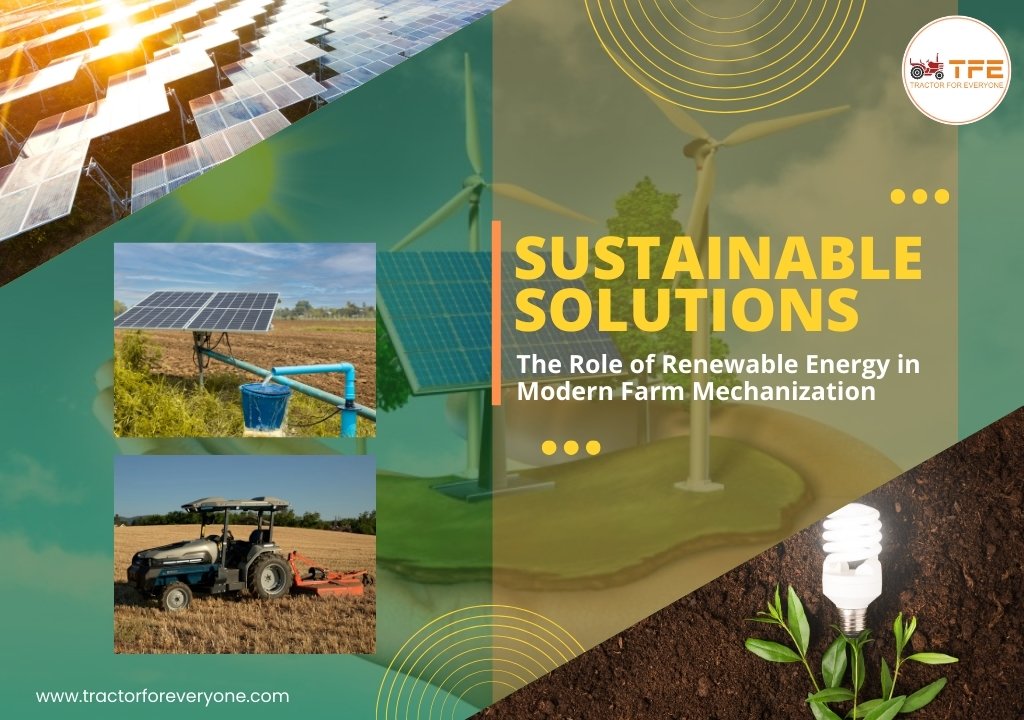
Sustainable Solutions: The Role of Renewable Energy in Modern Farm Mechanization
India, one of the world’s largest agricultural economies, is at a critical juncture in its pursuit of sustainable farming. As the nation strives to meet the demands of a growing population and faces the challenges of climate change, integrating renewable energy sources into agricultural practices has become essential.
Renewable energy, especially solar and wind power, is emerging as a game-changer, enabling Indian farmers to harness clean, affordable energy to power machinery, irrigation systems, and other essential farming operations. This article explores how renewable energy is shaping modern farm mechanization in India, improving sustainability, and reducing dependency on fossil fuels.
Renewable Energy in Indian Agriculture
In recent years, renewable energy has gained traction in India’s agricultural sector, supported by government initiatives and private sector innovations.
The Ministry of New and Renewable Energy (MNRE) has launched several schemes, such as the Pradhan Mantri Kisan Urja Suraksha evam Utthaan Mahabhiyan (PM-KUSUM), to encourage farmers to adopt solar pumps and other renewable energy solutions.
According to MNRE, the PM-KUSUM scheme aims to install 20 lakh solar pumps for irrigation, reducing the sector's dependence on grid power and diesel. This shift towards renewables is not just cost-effective but also environmentally beneficial, as it lowers greenhouse gas emissions and minimizes pollution.
Key Renewable Energy Solutions for Farm Mechanization
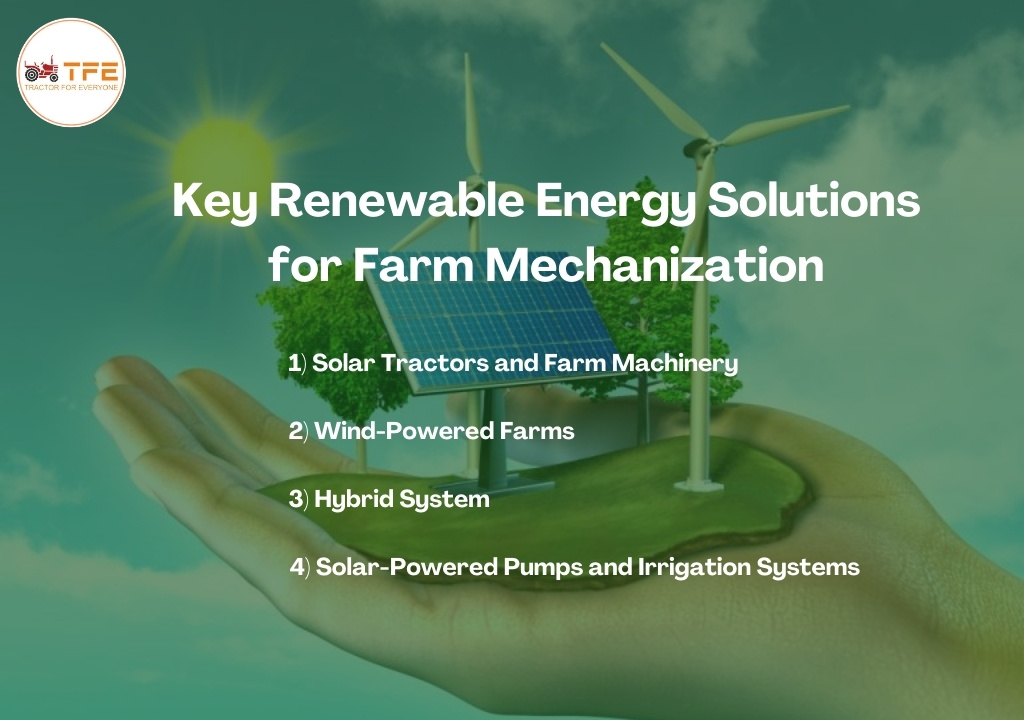
1. Solar-Powered Pumps and Irrigation Systems
Water management is one of the most energy-intensive tasks in Indian agriculture. Solar-powered pumps provide a reliable and sustainable alternative to conventional diesel pumps. They enable farmers to irrigate their fields without relying on erratic electricity supply or expensive diesel.
A report by the International Water Management Institute (IWMI) found that solar pumps can reduce irrigation costs by up to 90% for Indian farmers. In areas with abundant sunlight, solar irrigation systems have become increasingly popular, allowing farmers to achieve significant savings and increase productivity.
2. Solar Tractors and Farm Machinery
Solar-powered tractors are an emerging technology in India, offering a sustainable alternative to traditional diesel-powered machinery. Leading companies such as Mahindra and TAFE are exploring solar tractor models that aim to harness solar energy through mounted panels.
These new tractors, though still in early development stages, have the potential to operate with minimal emissions and offer lower fuel costs over time. However, current models are largely in pilot phases or limited releases, so widespread commercial availability is yet to be achieved.
For small and marginal farmers, solar tractors hold appeal due to the promise of reduced fuel expenses and cleaner operations. Practical adoption, however, remains low, as the technology still requires advancements in affordability, power output, and battery efficiency to meet the needs of small-scale farming.
If these challenges are addressed, solar tractors could play a significant role in reducing both carbon emissions and operational costs for farmers in the near future.
3. Wind-Powered Farms
Wind power, although less prevalent than solar energy, is also being integrated into farming operations in regions with consistent wind resources. Wind turbines can generate electricity for farming needs, powering farm equipment, and supplementing energy for irrigation systems.
Gujarat and Tamil Nadu, two Indian states with robust wind energy resources, have seen small-scale farmers adopting wind-powered systems for irrigation and other applications. In coastal areas and regions with high wind potential, wind turbines can serve as an efficient energy source, reducing electricity bills and increasing farm profitability.
4. Hybrid System
Combining solar and wind energy in a hybrid system allows for a more reliable energy supply, especially in regions with varied weather conditions. Hybrid energy systems can reduce downtime by providing power even when solar or wind resources are limited. They are especially useful for powering energy-intensive operations, such as grain drying, cold storage, and greenhouse lighting. By adopting hybrid systems, farmers can enjoy greater energy security and improved productivity, irrespective of weather fluctuations.
Benefits of Renewable Energy for Farm Mechanization
Cost Savings and Financial Independence
Renewable energy solutions, though initially expensive, offer significant long-term savings for farmers. Solar pumps, for instance, eliminate the recurring costs associated with diesel, reducing operational expenses substantially. According to the National Bank for Agriculture and Rural Development (NABARD), farmers using solar pumps save an average of ₹15,000-₹20,000 annually on diesel expenses. With government subsidies under schemes like PM-KUSUM, the upfront costs of these systems have become more accessible, enabling farmers to achieve financial independence.
Environmental Sustainability
Agricultural practices traditionally depend heavily on fossil fuels, which contribute to greenhouse gas emissions and air pollution. By switching to renewable energy, farmers can significantly lower their carbon footprint and help mitigate climate change. According to a study by TERI (The Energy and Resources Institute), if 50% of India’s irrigation needs were met by solar power, it would reduce CO₂ emissions by nearly 8 million tonnes annually. Renewable energy adoption in agriculture thus aligns with India’s commitment to sustainable development goals and global climate targets.
Energy Reliability and Security
In rural India, frequent power cuts and unreliable electricity supply have long hindered farming operations. Renewable energy solutions provide a stable energy source, allowing farmers to operate machinery, irrigation systems, and other equipment without interruption. Solar and wind power can be stored in batteries, ensuring a consistent supply of energy even during power outages. This reliability helps farmers optimize their workflows, minimize delays, and increase productivity.
Improved Productivity and Yield
Access to uninterrupted energy enables farmers to implement advanced irrigation techniques, such as drip and sprinkler systems, which are more water-efficient and result in healthier crops. Renewable energy also allows farmers to adopt new technologies like precision farming, greenhouse automation, and remote crop monitoring, which require a consistent power supply. These innovations contribute to higher crop yields and improved product quality, allowing farmers to increase their profitability.
Challenges and Limitations of Renewable Energy in Agriculture
While renewable energy offers immense benefits, there are also several challenges associated with its adoption in Indian agriculture.
1. High Initial Costs
The upfront costs of solar panels, wind turbines, and other renewable equipment can be prohibitive for many small and marginal farmers. Although government subsidies and financing options are available, the initial investment remains a significant barrier for many. Cooperative models and community farming setups could help make renewable energy solutions more affordable and accessible.
2. Technical Knowledge and Training
Many Indian farmers lack the technical skills needed to install, operate, and maintain renewable energy systems. The government and private sector need to invest in training programs to equip farmers with the knowledge required to adopt and utilize these technologies effectively. Companies like Agni Solar and Gram Oorja have begun offering training sessions for farmers, but there is still a need for widespread education.
3. Infrastructure and Maintenance
Renewable energy systems require regular maintenance to ensure optimal performance. In rural areas with limited infrastructure, accessing maintenance services for solar or wind systems can be challenging. Additionally, the lack of storage facilities for excess energy generated by renewables can limit their efficiency. Improved rural infrastructure and access to energy storage solutions are essential for the long-term success of renewable energy in agriculture.
4. Regional Limitations
Renewable energy availability varies across regions, with solar energy being more viable in sunny areas and wind energy in coastal or high-wind zones. This regional dependency means that a one-size-fits-all approach may not work, and localized solutions are needed to meet the diverse energy needs of Indian farmers.
Government Initiatives and Policies
The Indian government has been proactive in promoting renewable energy in agriculture. Under the PM-KUSUM scheme, farmers can receive up to 60% subsidy on solar pump installations, making solar irrigation more affordable. Furthermore, MNRE has introduced initiatives to develop energy-efficient and solar-powered farm machinery, such as solar dryers for crops and fruits, which enhance storage life and reduce post-harvest losses.
State governments, too, are encouraging renewable energy adoption in agriculture. States like Maharashtra, Rajasthan, and Haryana have introduced solar irrigation programs, offering financial support and awareness campaigns to increase renewable energy use in farming.
The Future of Renewable Energy in Indian Agriculture
Renewable energy is set to play a central role in the future of Indian agriculture. With government support, private sector innovations, and a growing awareness of sustainability among farmers, the adoption of renewables is expected to rise. Public-private partnerships, localized renewable solutions, and increased training opportunities for farmers can help overcome existing barriers and pave the way for a cleaner, more efficient agricultural sector.
By integrating renewable energy into farm mechanization, India can reduce its reliance on fossil fuels, improve agricultural productivity, and work towards a sustainable and resilient future. Renewable energy offers Indian farmers the opportunity not only to increase their income and reduce their expenses but also to contribute positively to the environment, making farming more sustainable for generations to come.
Write a Comment
Popular Blogs View All
-

Swaraj Price 2025: Latest Swaraj Tractor Price List and On-Road Rates in India
07/24/2025, POSTED BY ADMIN -
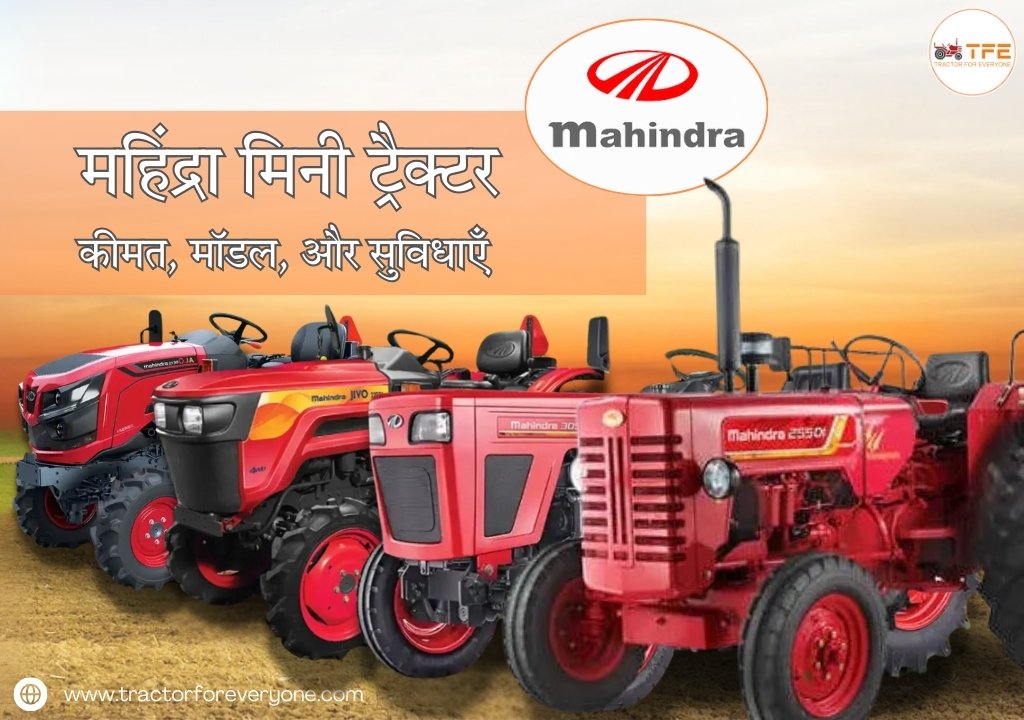
महिंद्रा मिनी ट्रैक्टर - कीमत, मॉडल, और सुविधाएँ
02/18/2025, POSTED BY ADMIN -

Best Tractors in India 2025: Top 10 Picks for Every Farm Size
05/29/2025, POSTED BY ADMIN
Popular Video View All
-
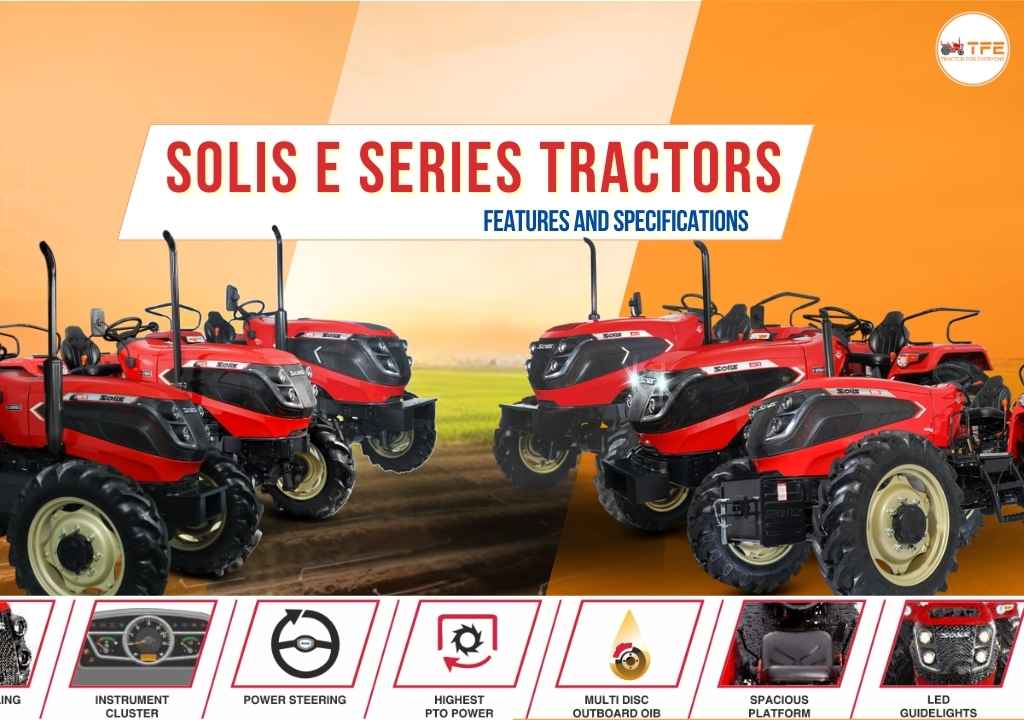
5 Things You Need to Know Before Buying a Solis E Series Tractor
05/17/2025, POSTED BY ADMIN -
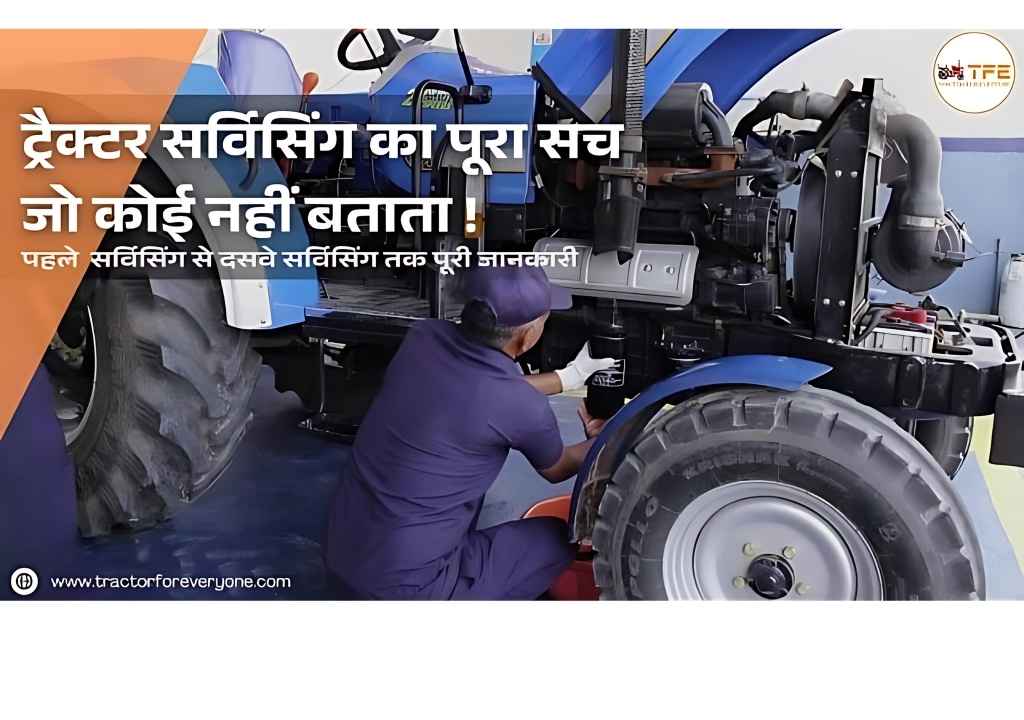
The whole truth about tractor servicing which no one tells!
05/17/2025, POSTED BY ADMIN -

Solis Tractors Live Event | Solis Hybrid 5015 Tractor Launch
05/17/2025, POSTED BY ADMIN

